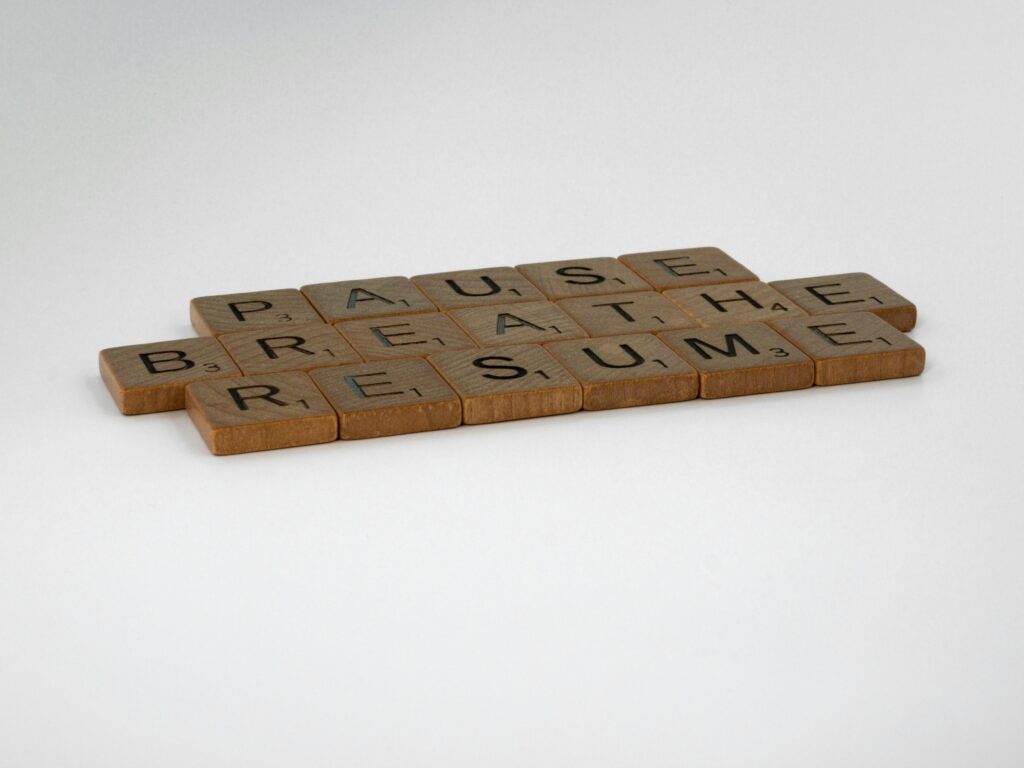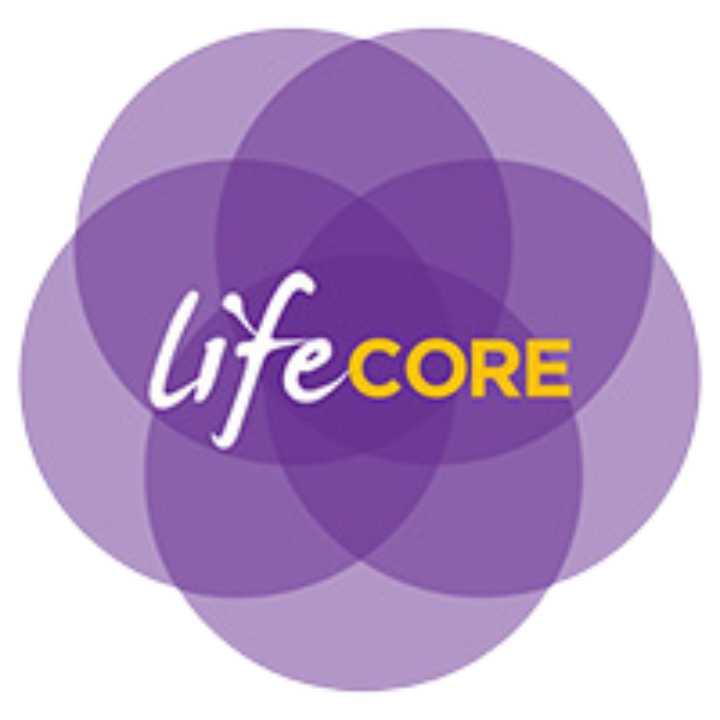Parkinson’s, Multiple Sclerosis and German New Medicine
The Common Factor in Parkinson’s & Multiple Sclerosis
Parkinson’s Disease (PD) & Multiple Sclerosis (MS) are conventionally deemed diseases that have no cure. German New Medicine (GNM)® reveals for us information that is contrary to that which is commonly accepted.
According to GNM, some diagnoses have only one biological conflict that triggers them. For both PD and MS, there is more than one conflict co-occurring. Let’s first look at the main conflict they both have in common: a motor conflict.
A motor conflict can be defined as a conflict of not being able to deal with a situation and yet powerless to escape it – feeling trapped, not knowing what to do or not being able to get away or quit.
In the case of MS, the flavor is of “I want to get away, but I can’t, so I keep going.” While PD is “I want to get away, but I can’t, so I do nothing.” The particular muscles of the body that are affected by this sense of being stuck directly correlate to the nature of the conflict.
GNM defines the correlations as such:
-The legs are affected when the conflict is experienced as feeling trapped, literally pinned by a vehicle or by the thought of getting stuck in a wheelchair, feeling imprisoned by responsibilities you can’t quit, unable to follow or keep up with a new job, or the thought of feeling trapped in a marriage or abusive relationship.
-The hands and arms, & inner legs are often affected when we are unable to hold something literally or figuratively. Unable to hold on to somebody, e.g., our partner leaves and we feel powerless to stop it, or unable to push away someone or something, e.g. a controlling parent or boss.
-The shoulders &/or back are affected when we are unable to get out of the way or step aside fast enough.
-The muscles of the face is affected when one has “lost face;” been shamed or ridiculed.
In German New Medicine, a biological conflict, such as this, begins a two-phase program – a conflict active phase and a healing phase. During the time when a motor conflict is active, a person experiences muscle weakness or paralysis of the affected muscles depending on the intensity of the conflict.
This is often experienced as a heaviness or muscles that lock up and don’t quite respond to the movements we desire. When the conflict is finally resolved, a person begins the healing phase of their symptoms.
In the first half of the healing phase of a motor conflict, a person can experience heavier muscles, the stiff, weakness, or the paralysis actually intensifies due to swelling in the muscles affected.
This swelling is also experienced in the brain area related to those muscles (a biological conflict is always experienced simultaneously in the psyche, brain and organ as well as healed on all three levels).
When the healing phase reaches its height, known as the epi-crisis, two things can occur: 1) uncontrolled twitching, trembling, and muscle spasms in the muscles that had been weak and paralyzed and, (2), if the conflict was severe, an epileptic seizure in the brain.
Granted, both of those sound rather awful. They are, however, less awful when you know that they are the symptoms indicating that healing is occurring!
That knowledge is crucial to keep a person from having further biological conflicts triggered by fears regarding these symptoms that snowball into the progression of PD or MS when those symptoms occur. Without the knowledge of German New Medicine, a person thinks he is getting worse, when, in fact, he is actually completing the healing of the motor conflict.
Think of the paralysis that occurs in the conflict-active phase as a live electric cord being cut in half. When the healing is at its peak, it is as if the two livewire cords are being touched together again and sparks occur. This is the musculature being re-enlivened!
What happens during the motor conflict is the same as we see in nature with many animals using the “fake dead” reflex as a survival mechanism.
One can imagine that going through a spike in paralysis followed by a twitching, trembling, spasms, or a seizure is certainly scary. It has to be even more daunting when those symptoms don’t alleviate entirely, largely because a person thinks they are getting worse and therefore “more stuck” leading to re-experience a motor conflict and the cycle continues.
German New Medicine® (GNM) (link to ) calls this “hanging healing” – when the healing phase is not completed because of re-occurring conflicts or tracks (emotions, situations, smells, etc., that retrigger the conflict in the body).

A Second Common Factor in Parkinson’s Disease & Multiple Sclerosis
Thereafter, the next type of conflict often occurs when a person makes the realization that “my body’s not functioning.” This conflict is called a “self-devaluation conflict” (SDC).
In this case, it is a self-devaluation in relation to not being able to move properly, e.g., “I can’t walk right!” and “I am useless now.” In the conflict-active phase of a self-devaluation program, you have muscular weakness and atrophy.
If the conflict is resolved, the muscle begins the repair phase, one experiences inflammation, pain, and/or swelling causing muscle stiffness until the healing is complete.
Once again, the healing phase, with its accompanying symptoms, can easily make a person believe they are getting worse. Therefore, the cycle continues, and a person suffers re-occurring conflicts of self-devaluation and feeling stuck that spiral a person downward.
This conflict, however, is not easily resolved for most people diagnosed with Parkinson’s and multiple sclerosis. Why? Because they don’t have reason to believe that their short-term functioning issue is only temporary.
Parkinson’s & German New Medicine
GNM describes Parkinson’s as a mix of these two conflicts. In particular, there is a hanging healing of a motor conflict – stuck on ‘pause’ – with recurring epicrises (recurring spasms) coupled with an active self-devaluation conflict – “I can’t do what I want to do.”
The experience is thus that when a person diagnosed with PD experiences distress and hesitates before turning or getting up, the muscles stiffen, and then the spasms can begin.
When the person is in motion, without distress or distressful thoughts, the muscles release, and walking resumes.
Therefore, most of what we see with PD is someone who suffers some form of paralysis, stiff or trembling due to the ongoing motor conflict switching on and off coupled with the active phase of a self-devaluation conflict (SDC).
Should the SDC be resolved, the healing symptoms of the SDC described above may often make a person believe they are getting worse. Therefore, the cycle continues, and then a person suffers re-occurring conflicts that spiral a person’s fear and progression.

Multiple Sclerosis (MS) and German New Medicine: A 3rd Conflict in the Mix
As if two conflicts weren’t enough, a third conflict appears for multiple sclerosis (MS) as compared to Parkinson’s Disease (PD) which was discussed in Part 2 of the series.
With PD, we have a motor conflict and a self-devaluation conflict. With MS, a separation conflict enters the picture.
Oftentimes, it is what sets the whole stage for MS. MS usually begins with a severe separation conflict that affects the periosteum, the skin-like membrane that covers bones. As with the other conflicts mentioned, the location in the body depends on how this conflict is experienced.
MS usually begins with a severe separation conflict and refers to desperately wanting to separate from a person but not being able to push them away (literally or figuratively), such as in the feet wanting to kick or run away from an abusive relationship or in the arms wanting to push away an overbearing parent.
This biological conflict can also be experienced as not wanting to separate but being forced to, such as a sudden unexpected breakup or the death of a loved one, as well as a conflict of not being able or wanting to feel (separating oneself from our own feelings).
As with the other conflicts, this biological program runs in two phases. In the conflict-active phase, there is a decrease in sensitivity, and that part of the body can feel cold. There can also be short-term memory loss, which serves to temporarily ‘forget’ the one who was lost or separated.
In the healing phase of a severe separations, the decreased sensitivity, which is barely if at all noticeable, intensifies and can become complete numbness (sensory paralysis). If the separation is severe, a person can experience intense rheumatic-like pain in the area affected.
Pausing for a moment, if a person goes to the doctor with the healing phases of a severe separation conflict, these symptoms of numbness and sensory paralysis are often labeled as MS.
When a person hears they may have MS, a new conflict occurs, that of a diagnosis shock, as they visualize themselves potentially worsening and having to live life in a wheelchair and/or not being able to move around easily.
This is when the motor conflict of being stuck or trapped can get triggered, if it wasn’t already active, as the person fears losing their mobility and never being able to ‘escape’ MS progression.
As we saw with Parkinson’s in Part 2 of the series, once a motor conflict sets in, it is often only a matter of time before a self-devaluation conflict of feeling “I can’t…” begins.
This then leads to muscle atrophy and weakness causing loss of muscle strength in a person’s core or a dropped foot. Thus, the symptoms of the healing of one conflict lead to the activation of another conflict if a person is unaware of the symptoms to expect as healing occurs.
To summarize, in MS, we see numbness due to the healing phase (the conflict was resolved) of a severe separation conflict, the partial muscle paralysis of an active motor conflict as a result of the diagnosis shock, and active muscular atrophy due to a continuous experience of self-devaluation by the frustrations of not feeling able.
As these different conflicts go through the phases of healing, we see hypersensitivity, and, if the separation was intense, an intense rheumatic-like pain; a worsening of the muscle paralysis followed by muscle spasms; and stiffening of muscles as they rebuild from the experience of self-devaluation.
If a person is aware that these changes signify the progression of healing (and not disease), they can get through the height of the healing phase and enter the last stage of this phase where the conditions of the body slowly go back to normal.

Optimizing Healing for Parkinson’s & MS
The longer a person has had PD or MS, the more layers of biological conflicts have likely occurred. (See Part 1, Part 2, and Part 3 of the series above for more detail).
More conflicts, not surprisingly, translate into a more intense display of symptoms and often markedly increased feelings of hopelessness, fear, and decreased morale.
That being said, it is still possible to begin to resolve conflicts and optimize healing. Certain cases may take longer than others.
The first step is to remove the fear of symptoms.
Understanding the trajectory of healing through the lens of German New Medicine can significantly reduce the chances of further relapses. Patience is also helpful in this process.
Having too many symptoms healing all at once may be too exhausting or intense for a person, so it is optimal to allow the healing to occur gradually.
A person may be able to resolve his symptoms through awareness of German New Medicine (GNM) concepts alone, though engrained patterns and perceptions might need to be addressed through additional therapies.
Certain the gentle use of energy therapies such as the Emotional Freedom Techniques (EFT), also known as “tapping”, or hypnotherapy can be used effectively in the process of conflict resolution.
A note of caution needs to be stated here. Since intense motor conflicts may result in an epilectic seizure at the height of the healing phase, means to address this short-term symptom will be needed.
This is true whether or not the client is resolving the conflict through practical solutions, through a change in perspective and beliefs, or if the client is receiving any form of energy therapy.
Advanced approaches such as Matrix Reimprinting (an energy therapy that utilizes EFT as one of its components), neurolinguistic program (NLP) timeline therapy, and regression therapy, allow one to revisit a original conflict event to allow resolution retroactively.
It has been hypothesized that reduction of the intensity of the conflict event retroactively results in the lessening of the intensity of the healing symptoms, including that of the height of the healing phase, the epi-crisis. Studies will need to be done on this to reveal if that is, indeed, the outcome.
EFT and visual imagery are also wonderfully helpful in the reduction of the intensity of healing symptoms during the time when one or more conflicts have been resolved.
“Taking the edge off” of pain, spasms, and tingling allows a person to progress through the healing with more ease, comfort, and potentially less reliance on medications that can dull pain and other unsavory symptoms but may slow down and even interrupt the healing process.
An important point to keep in mind is that, if a client is prescribed anticonvulsants or anti-spasm treatments by her doctor, this may keep the healing phase from being completed, as the natural course of healing, a seizure, is suppressed.
Certainly, no one would want to undergo a seizure and spasms are very uncomfortable. A weighing of the pros and cons needs to be undertaken between a patient and her doctor.
A doctor who is aware of the science of GNM may be the best guide for a person who intends to optimize their healing of PD or MS.
Alternatively, working with a health practitioner who understands GNM and is willing to communicate with your medical doctor about the approach is an option as well since there is only a small, yet growing number, of MDs, DOs, and DCs who work through the lens of GNM.
This blog post was written in collaboration between Lauren Sonnenberg, LMHC, MCAP, LMP of LifeCore and Eva M Clark, MS CHt of Healing Multiple Sclerosis. These authors are not medical doctors (MD) nor are their businesses medical treatment facilities. Any information presented here on GNM is strictly educational and is not a replacement for medical advice.

